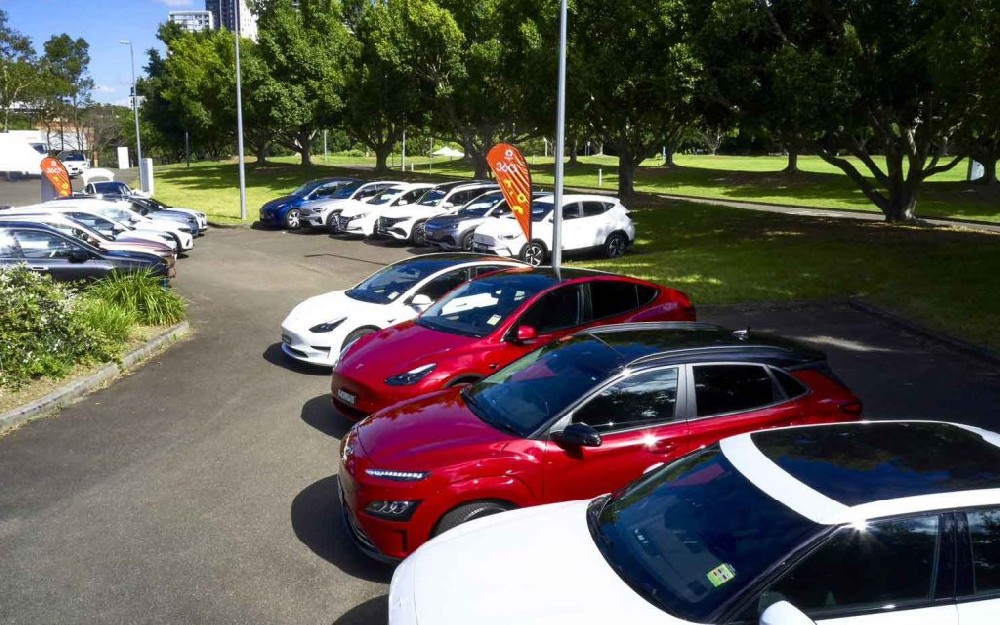
With the rapid development of electric vehicles (EVs) and the growing emphasis on sustainability, the installation of charging stations has become a critical aspect of promoting the widespread adoption of EVs. Public and private stakeholders are working together to expand the charging infrastructure to meet the increasing demand for electric vehicle charging. This article provides the latest industry insights on charging stations and electric vehicle charging, highlighting key trends, challenges, and developments in the sector.
The installation of charging stations has seen significant growth in recent years, with governments and private sector entities investing in expanding the charging infrastructure. The number of charging stations, both public and private, has surpassed one million in China, covering major cities and transportation hubs. This extensive network of charging stations has significantly enhanced the convenience and accessibility of electric vehicle charging for EV owners.
Governments around the world are playing a crucial role in promoting the installation of charging stations through supportive policies and incentives. Many local authorities provide financial rewards, tax incentives, and other benefits to entities involved in charging station construction. Additionally, governments are actively involved in planning and creating a network of charging stations to improve the convenience and coverage of electric vehicle charging.
Advancements in charging station technology have led to improvements in charging speed, safety, and efficiency. Manufacturers are working on standardizing charging interface protocols to enable interoperability among different brands and regions. Moreover, innovations in fast-charging technology are reducing charging times and enhancing the overall charging experience for EV owners.
Despite the progress in charging station deployment, several challenges remain to be addressed. The high cost and long construction timelines of charging stations have slowed down the pace of installation. Interoperability issues due to varying charging standards and interfaces pose a barrier to seamless charging experiences for EV owners. Additionally, the high maintenance and operational costs of charging stations require a robust management system to ensure their smooth functioning.
Looking ahead, the electric vehicle charging industry is poised for further growth and innovation. It is essential for stakeholders to collaborate and address the challenges faced by the sector to realize its full potential. Governments should continue to provide policy support and incentives to encourage private investment in charging infrastructure. Industry players should focus on technology standardization, efficiency improvements, and customer-centric solutions to enhance the charging experience for EV owners.
In conclusion, the installation of charging stations and the development of the electric vehicle charging ecosystem are vital components of the transition towards sustainable transportation. By addressing the challenges and leveraging the opportunities in the sector, stakeholders can accelerate the adoption of electric vehicles and create a greener future for transportation. The collaborative efforts of governments, industry players, and consumers will be instrumental in building a robust and efficient charging infrastructure to support the growth of electric vehicles.
